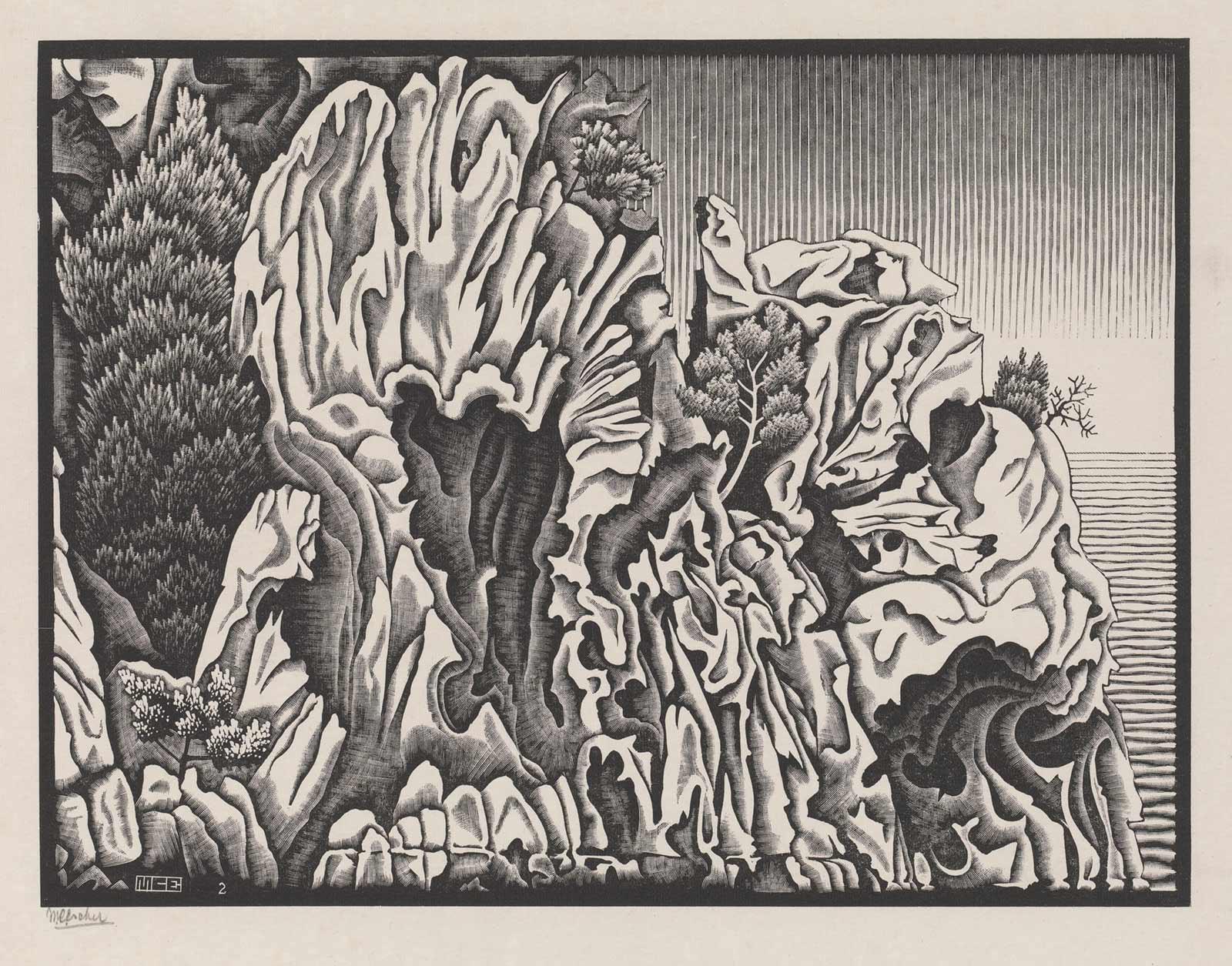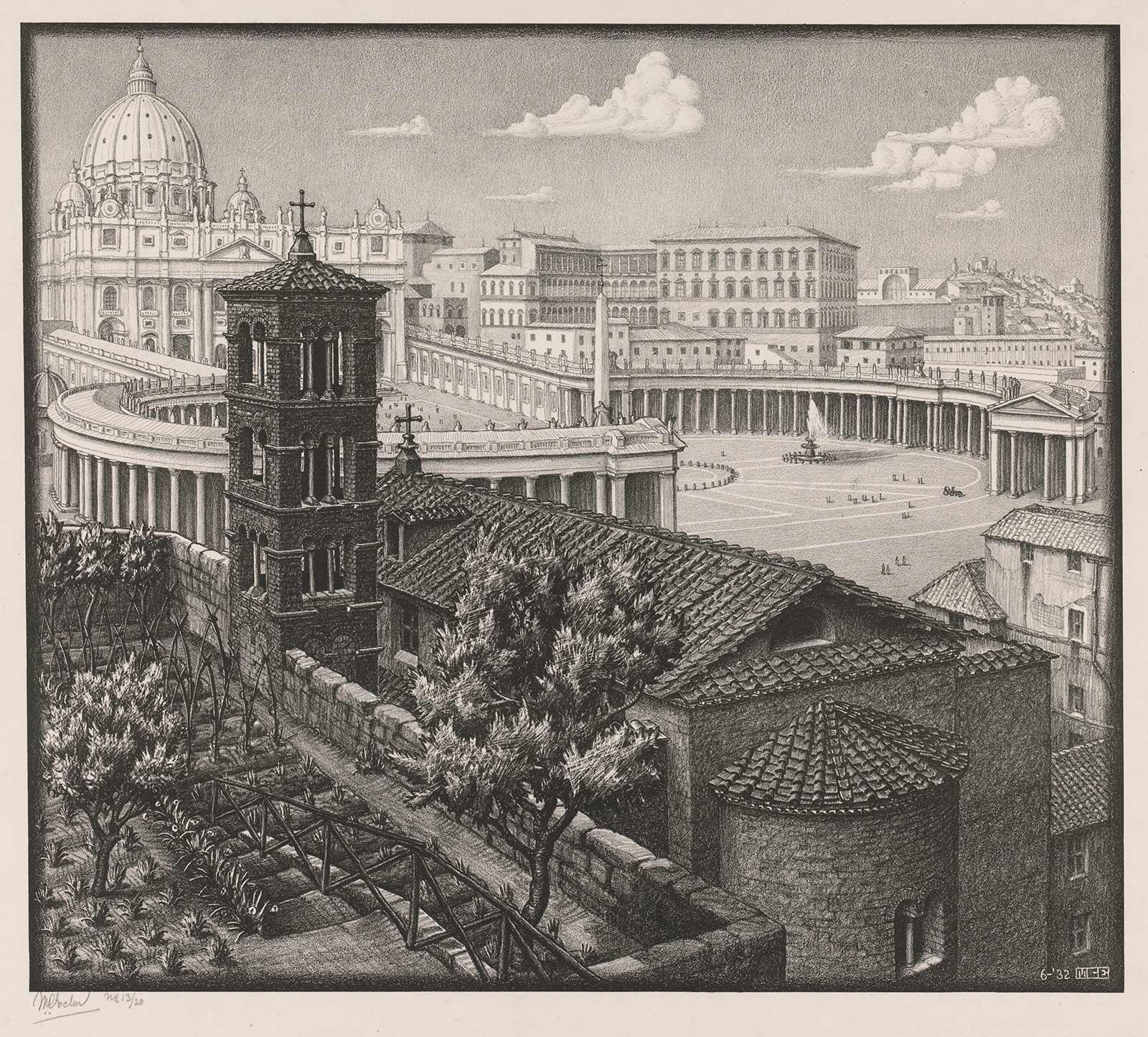
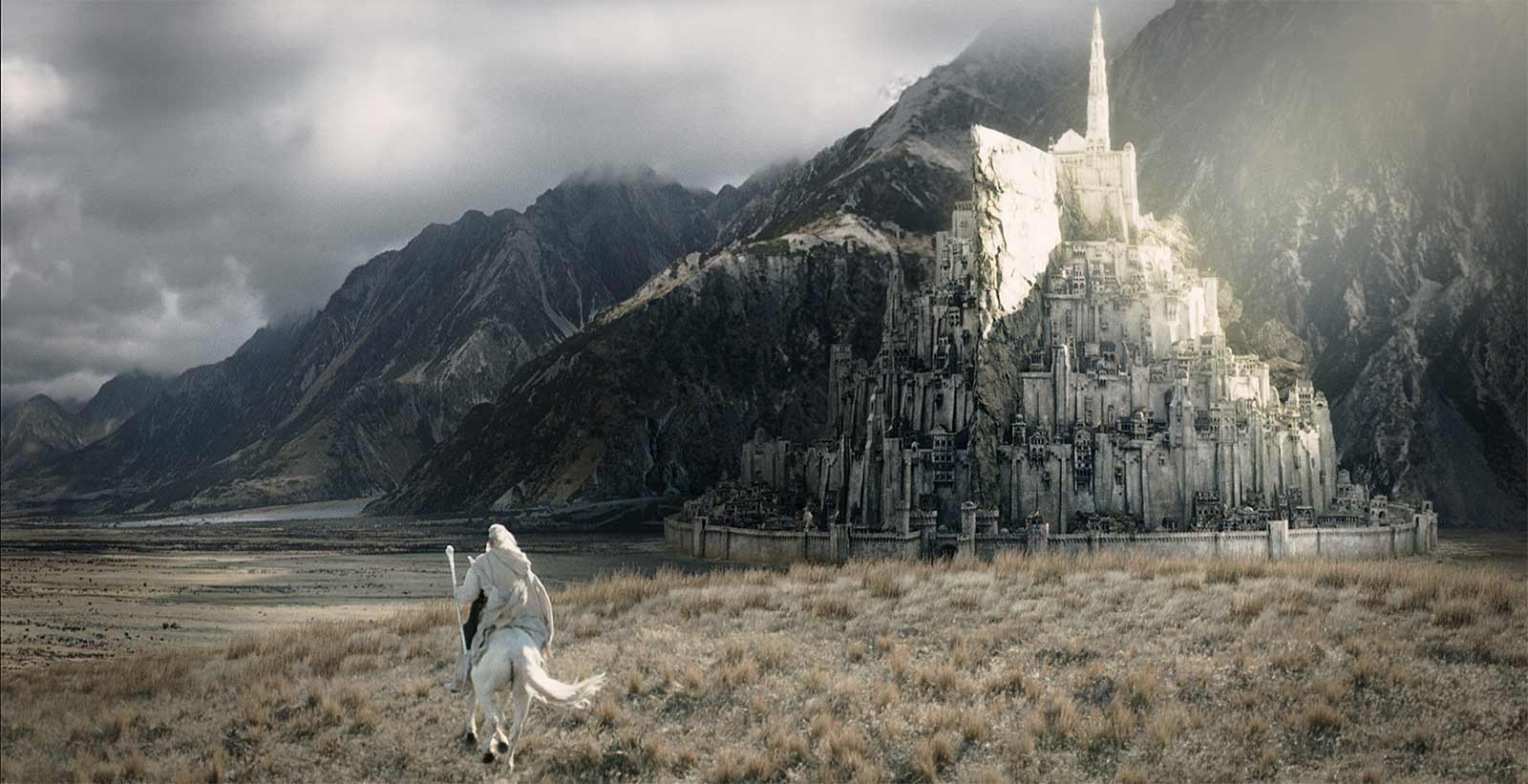
‘Imagine being without Tolkien! The lonely evenings are the most difficult for my patience. But he helps me through them with his fantastic world of Hobbits, Elves, Dwarves and good wizards, contrasting with the most horrible, diabolical monsters’.
This ode to the British writer and academic John Ronald Reuel Tolkien (1892-1973), who became world famous for his fantasy cycle The Hobbit, The Lord of the Rings and the posthumously published The Silmarillion, is found in a letter dated 29 June 1962 that Escher wrote to his son George.* His son Arthur had treated him to a copy of The Hobbit earlier that year, a book Escher read voraciously whilst bedridden, when reading became a useful means of escape. Escher had been in the hospital for two months after an emergency admission on 12 April when a large swelling was discovered in his colon.
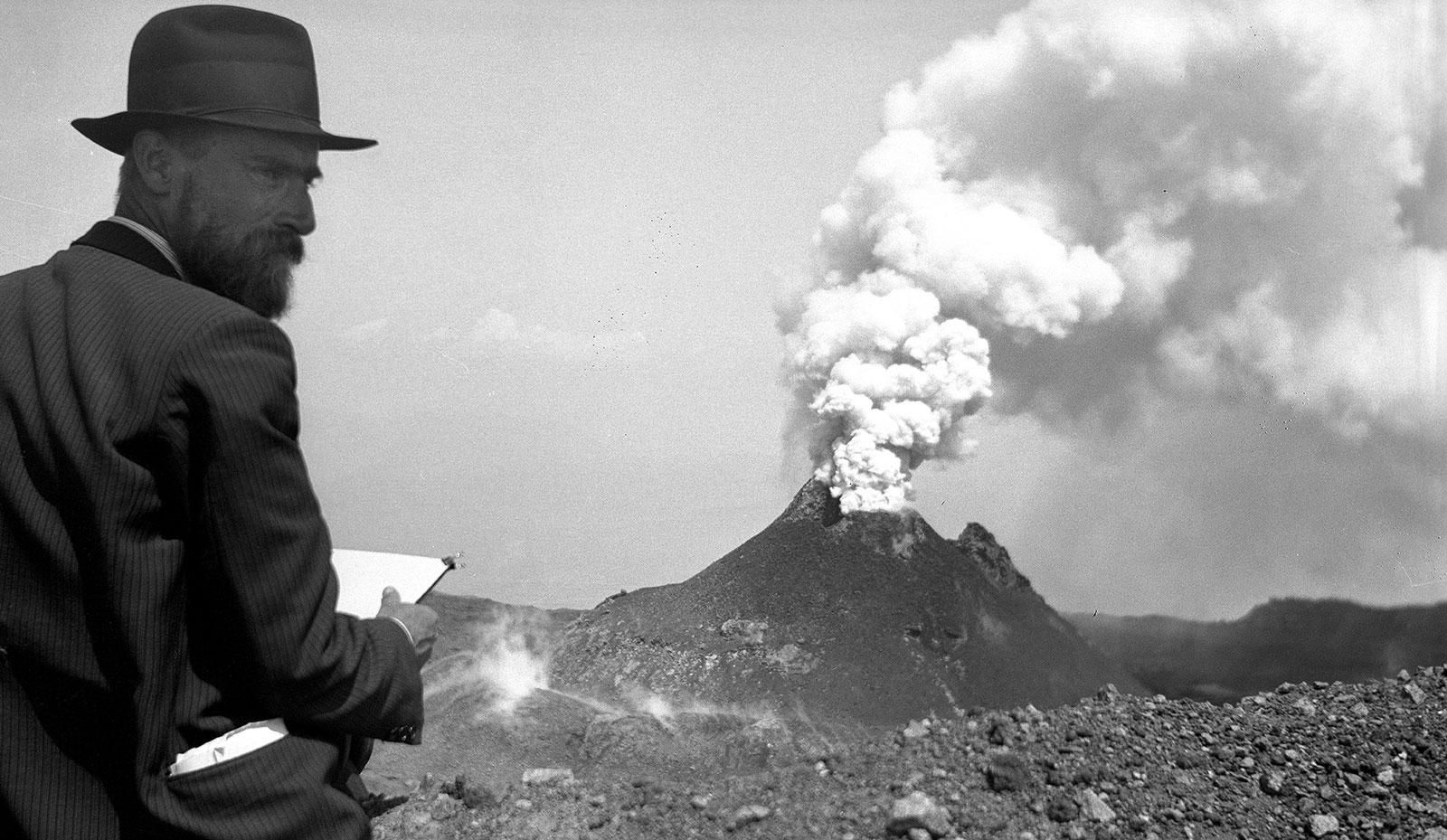
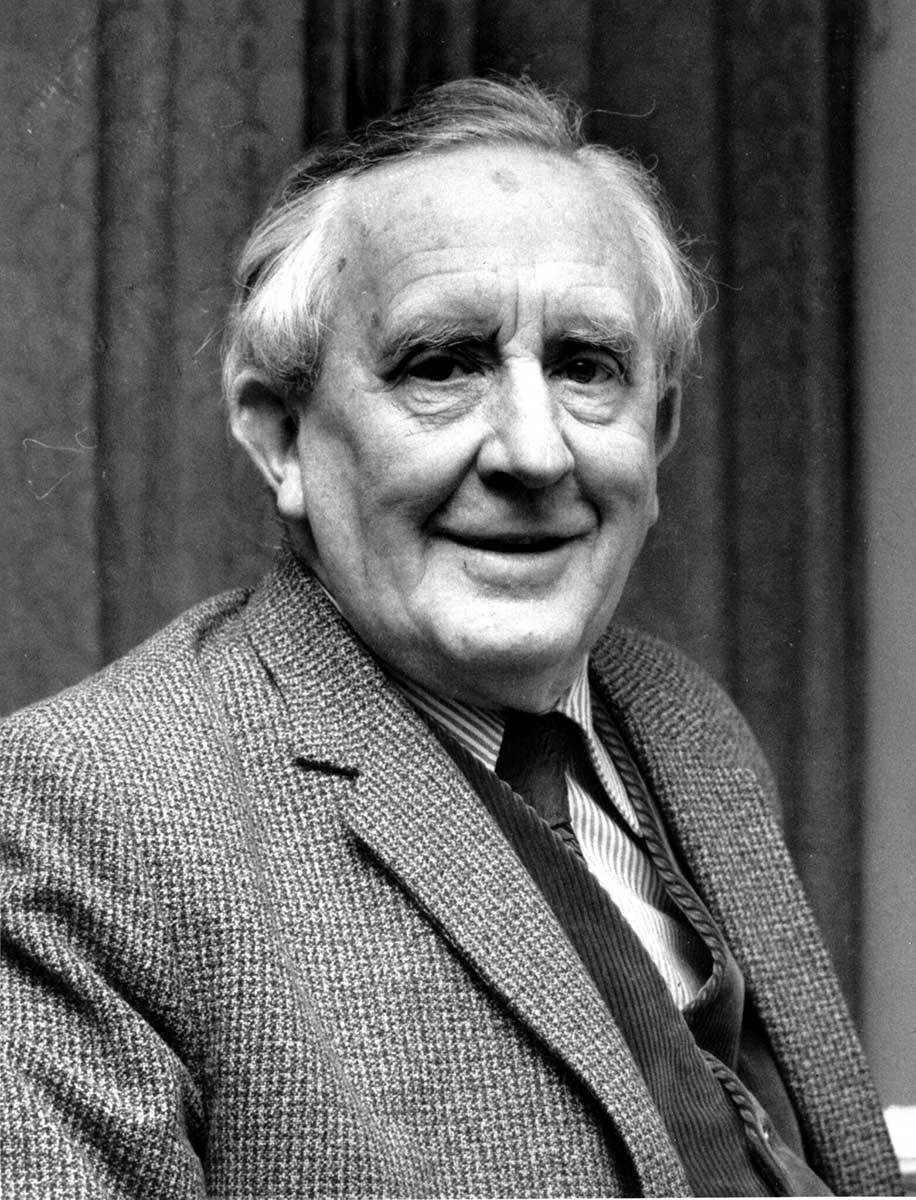
In the letter to George he had the following to say about The Hobbit:
‘I enjoyed it so much that on my birthday I was given a much more weighty tome (The Lord of The Rings) by the same writer. I am now slowly savouring it in the evenings. These stories (adventures of fabulous creatures; the wars between them; their quest to slay a dangerous dragon) I find absolutely incomparable with any other book I know. It is a class of its own, of a kind I could not have imagined existing; the personal property of Mr Tolkien. Some people find it incredibly annoying reading material. Those are the realists who abhor any expression of the unfettered imagination’.
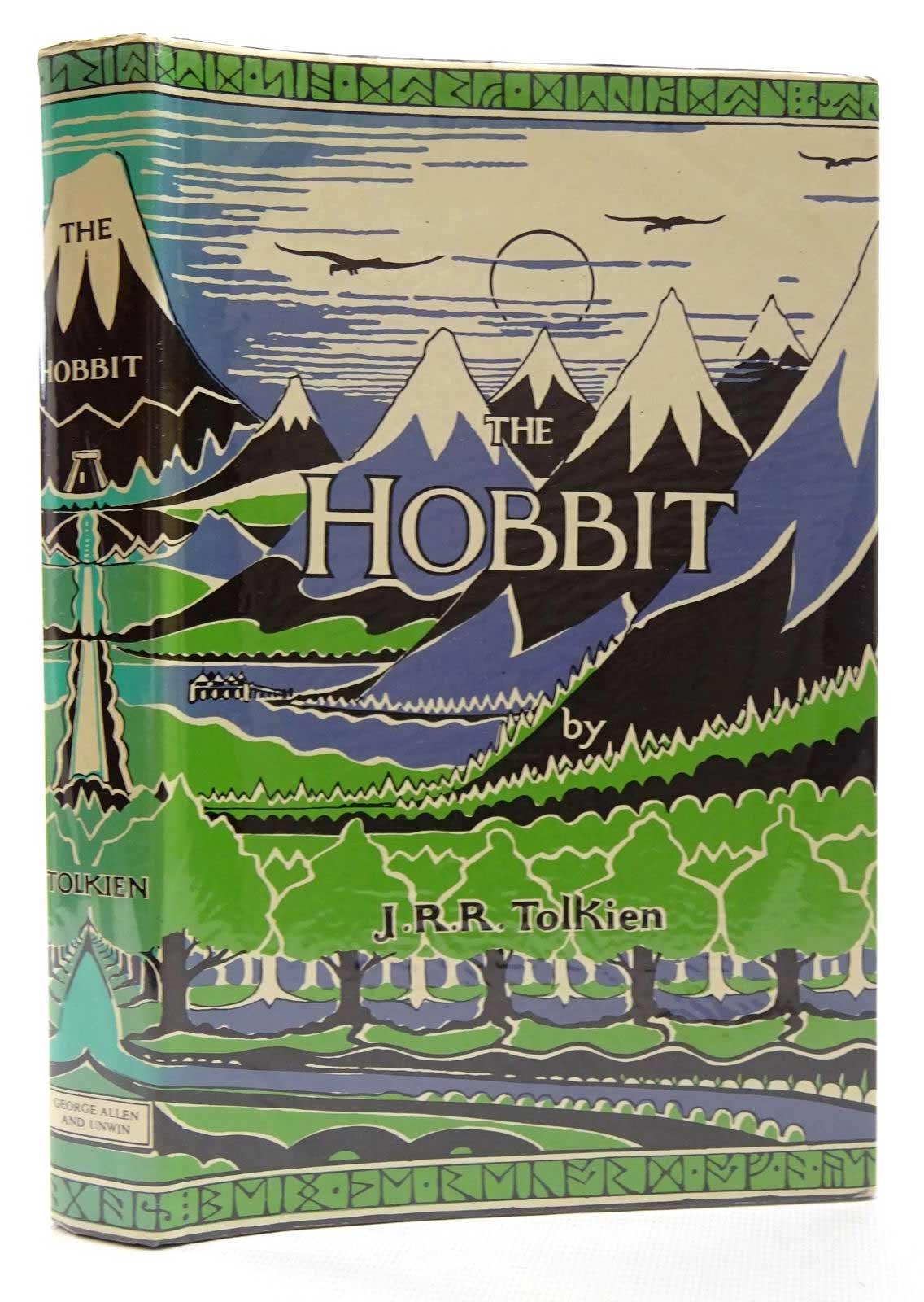
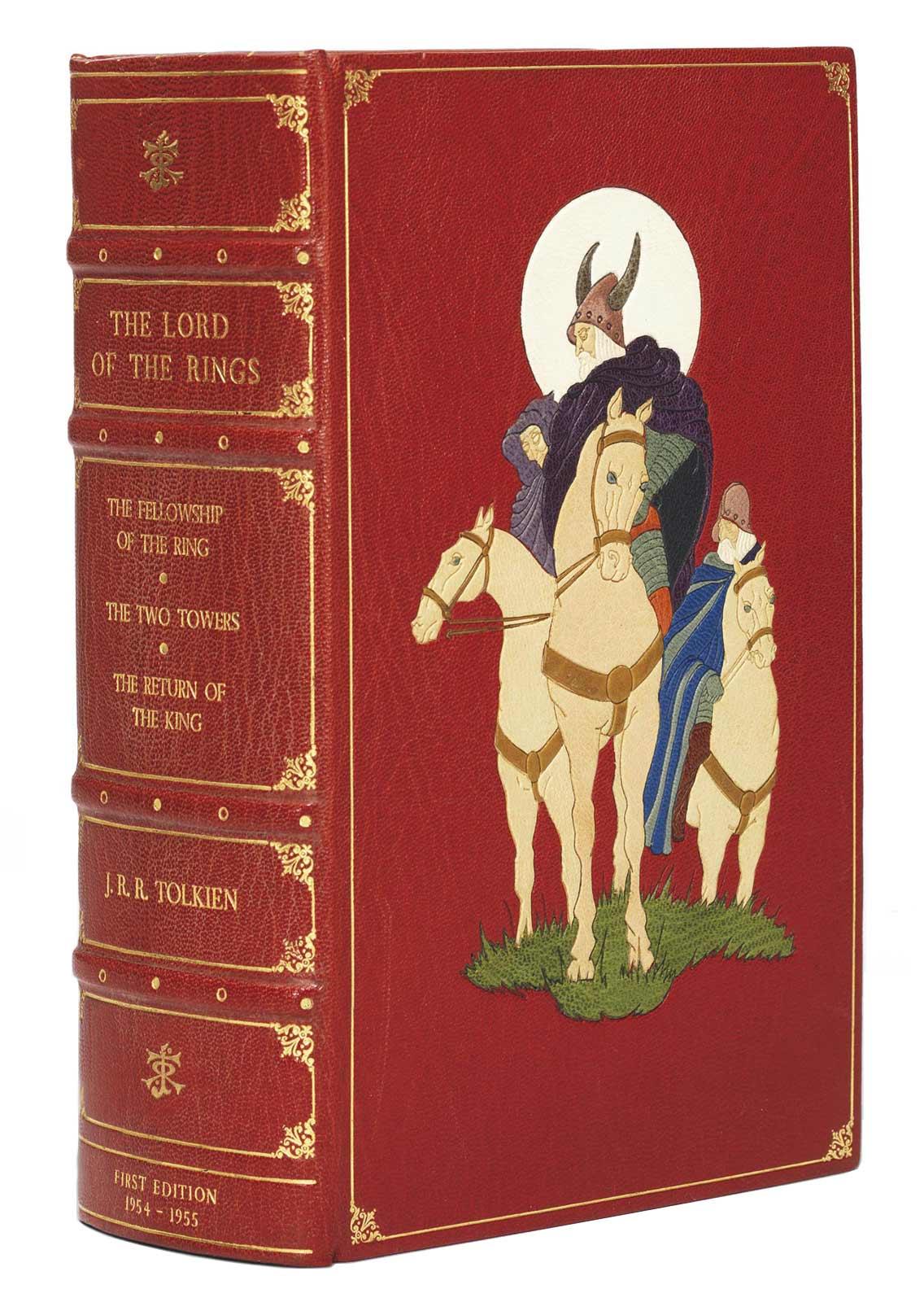
Escher was without hesitation in counting himself among the fantasy-lovers rather than among the realists. Hence there were significant similarities between the Dutch graphic artist and the British writer. Escher and Tolkien were contemporaries — the writer was just over six years older and he survived the graphic artist by only one and a half years. Both were well-educated, rational men, who nevertheless often abandoned reason in their work to give priority to the mythical, the imaginative, and the enigmatic. They wanted to excite and move their viewers and readers, without any intention of imbuing their works with an inner meaning or message. Even though a work could be ‘applicable’ to the thinking and experience of those viewers and readers. In 1966 Tolkien wrote:
'I think many confuse “applicability” with “allegory”, but one is based on the freedom of the reader and the other on the intended dominance of the writer.’**
Escher and Tolkien both lacked philosophical pretensions, and left any lessons their viewers and readers could derive from their works entirely to those viewers’ and readers’ own efforts. For example, Escher would not have made much of the reincarnation message he is alleged to have included in a work like Reptiles (1943). Another similarity is their shared admiration for the writer Lewis Carroll, in whose Alice books they recognised many elements that they would adopt in their own work.
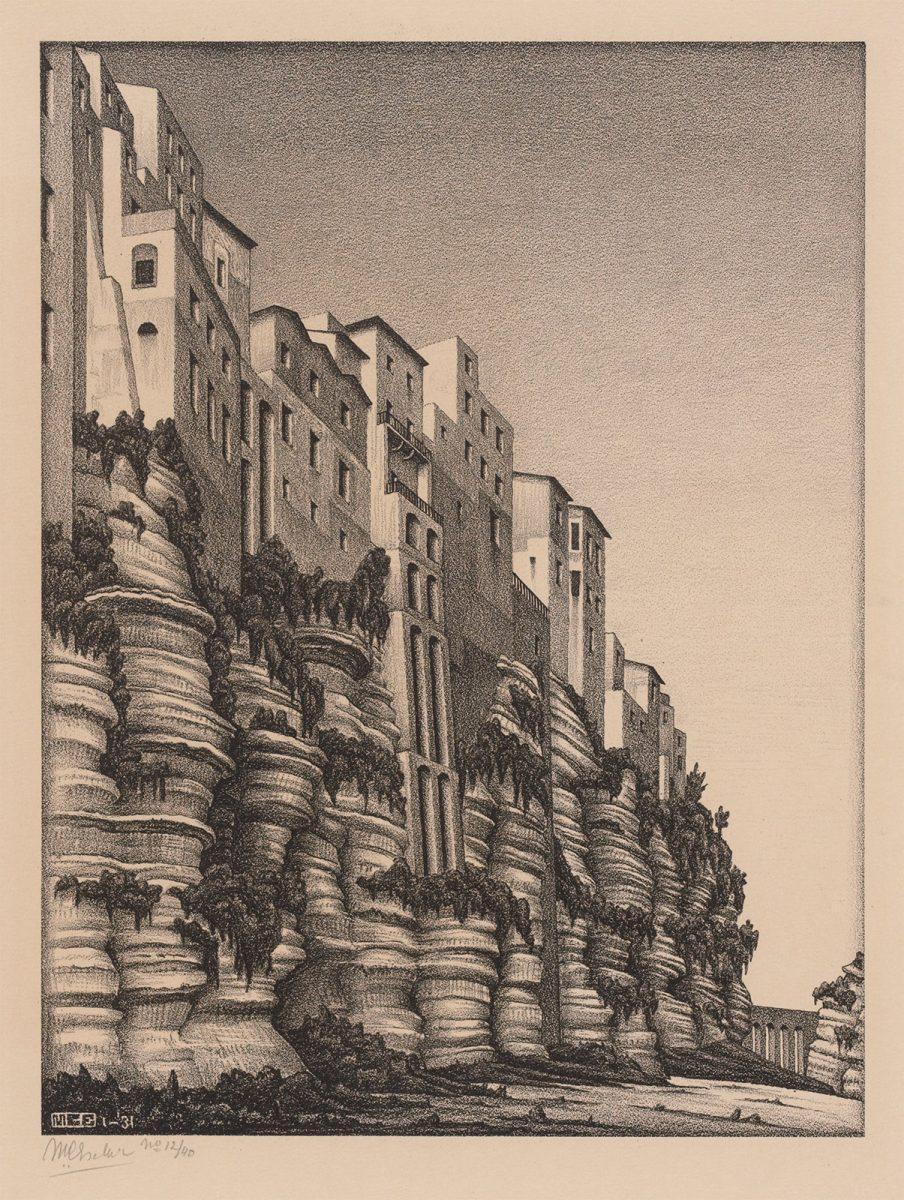
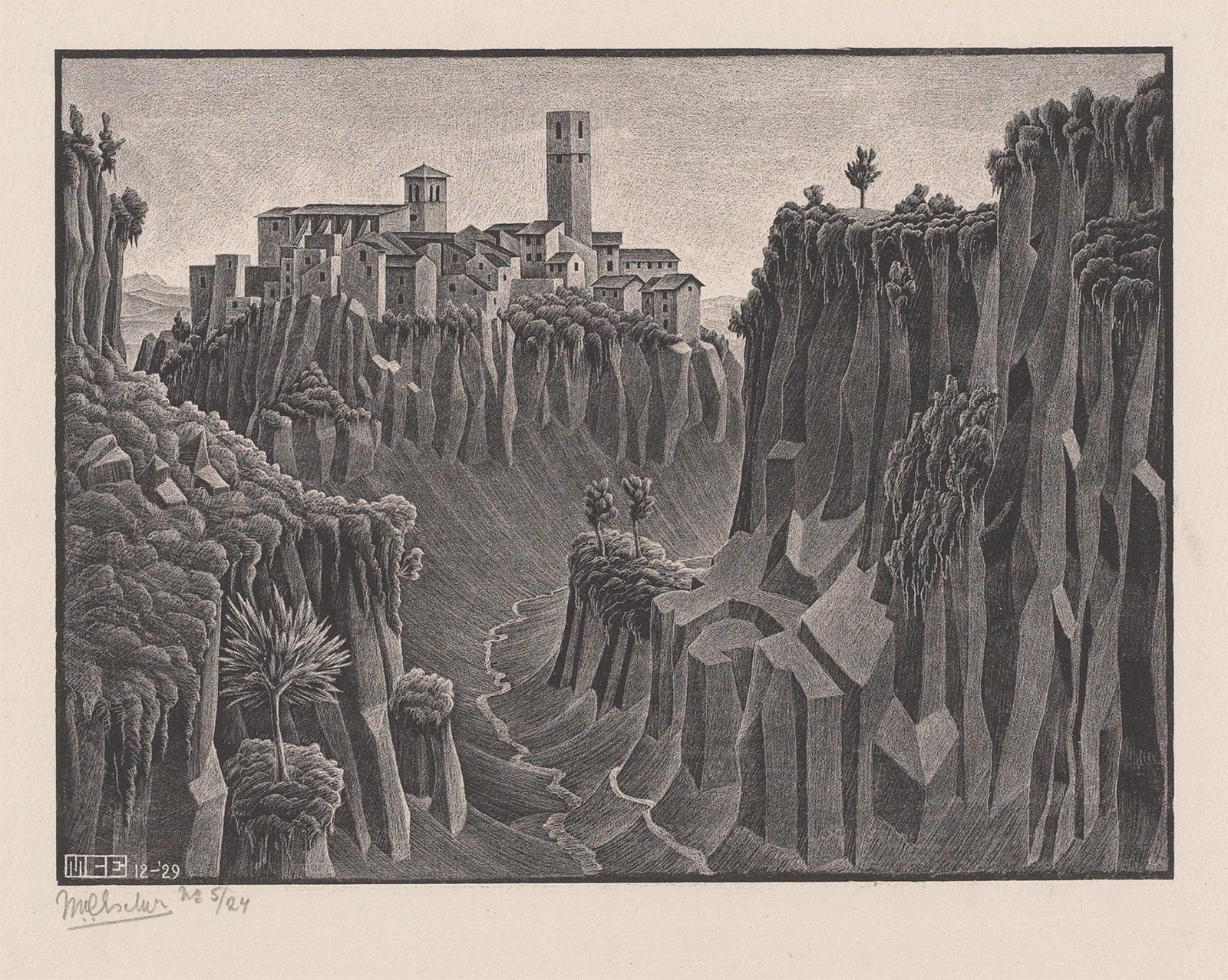
From The Hobbit to The Lord of the Rings
Whether Tolkien was familiar with Escher’s work is not known, but when you read passages from The Hobbit or The Lord of the Rings it is sometimes as if he is describing a landscape by Escher. From The Hobbit:
'The morning passed, the afternoon came; but there was no sign of a dwelling on that very quiet plain. They began to get worried because they now saw that the house could be hidden almost anywhere between them and the mountains. They came to unexpected valleys, narrow with steep walls that suddenly lay at their feet, and they looked astonished in the depth and saw trees and running water below them on the bottom. There were channels that they could almost jump over, but very deep with waterfalls in it. There were dark canyons that you could not jump over or descend into.'
And:
'There were many paths that led to the mountains, and many steps that led through them. But most of those paths were deceptive and misleading and led nowhere, or to a bad end; and the majority of the passes were made unsafe by angry creatures and terrible dangers.'
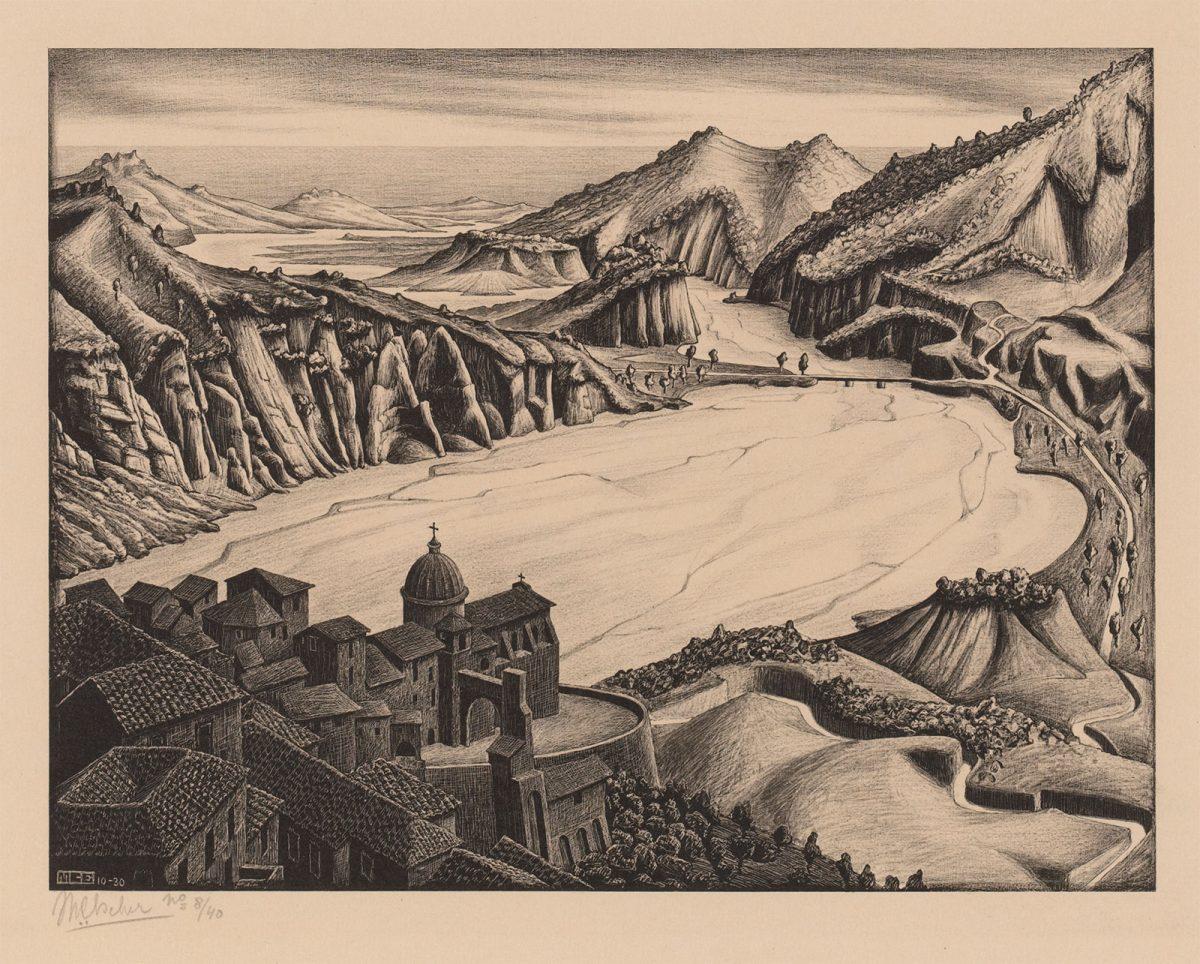
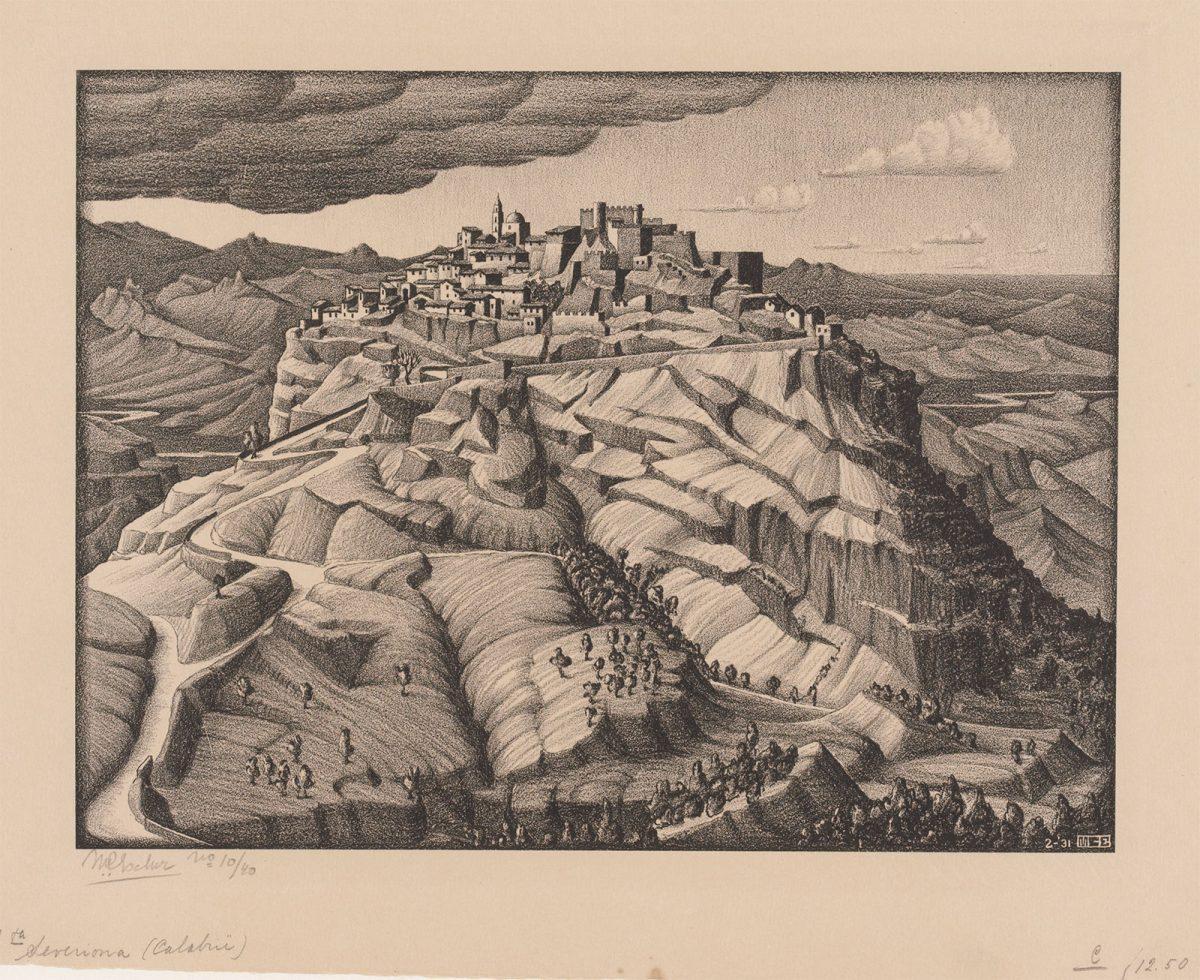
Works like Tropea, Calabria (1931), Bonifacio (1928), and Barbarano, Cimino (1929) do spring to mind immediately. And it takes little imagination to see the similarities between Escher’s print Castle in the Air (1928), his interpretation of high-lying towns such as Santa Severina and Morano and the mythical fortified city of Minas Tirith from Tolkien’s The Lord of the Rings.
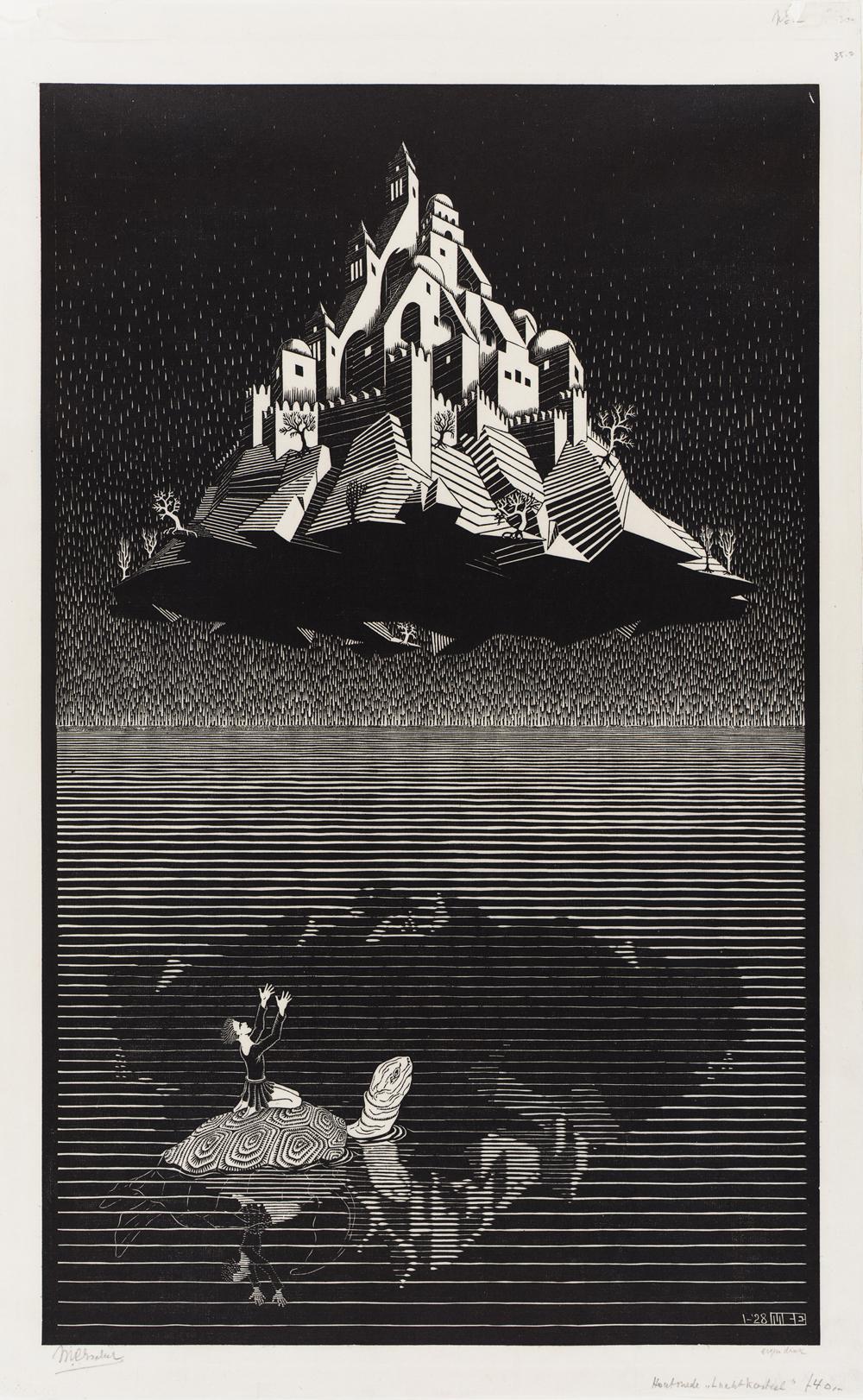
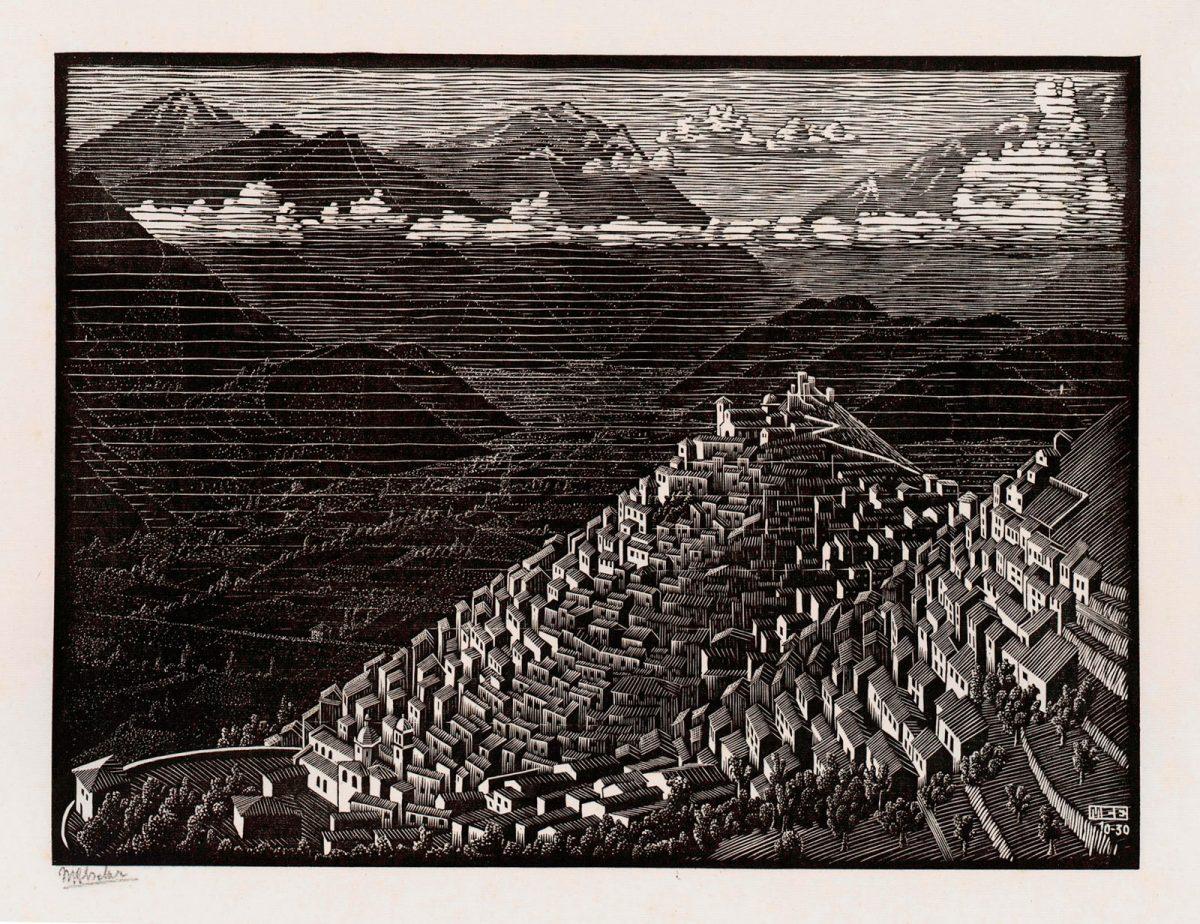
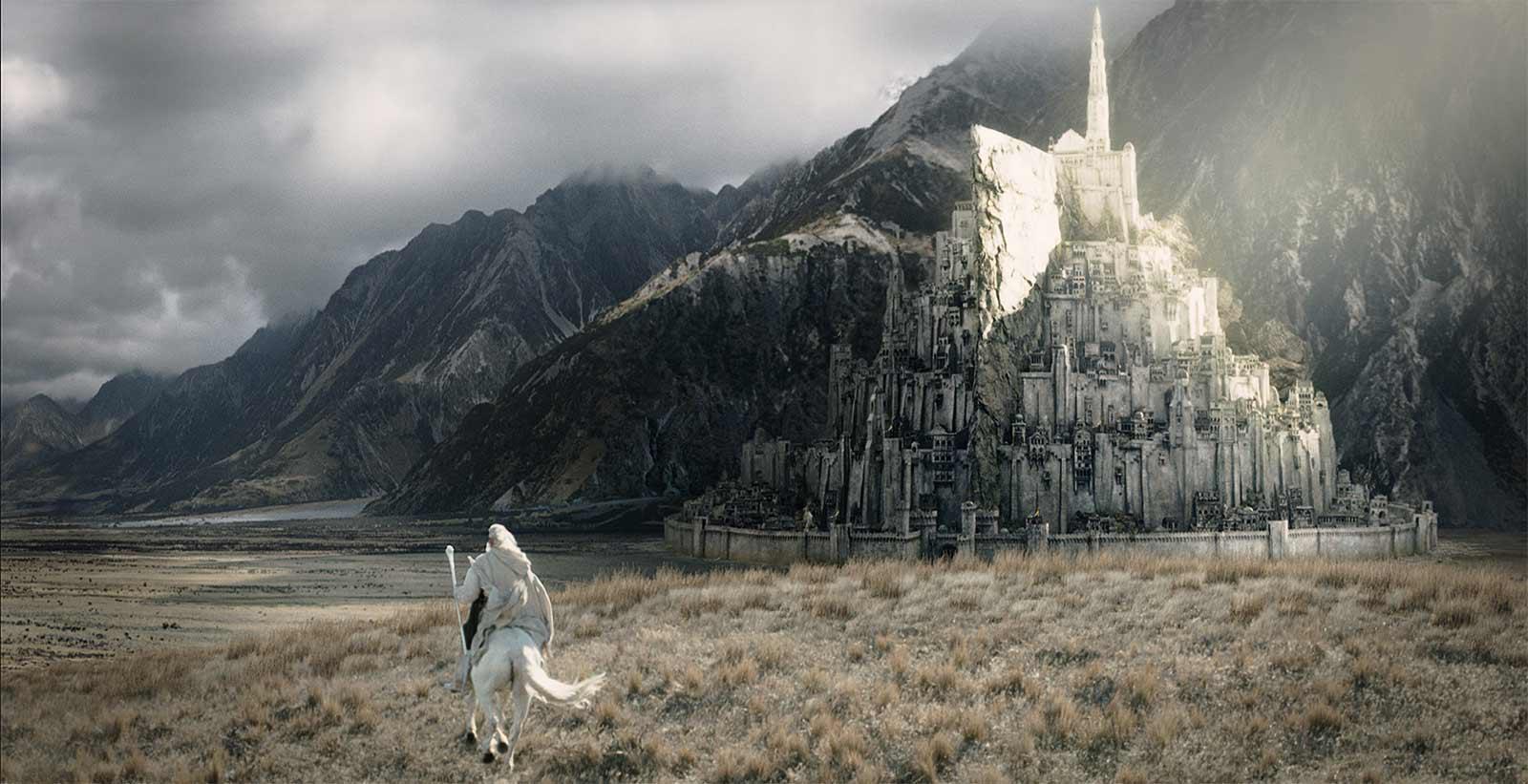
Source
[*] and [**] Wim Hazeu, M.C. Escher, Een biografie, Meulenhoff, 1998, page 438
More Escher today

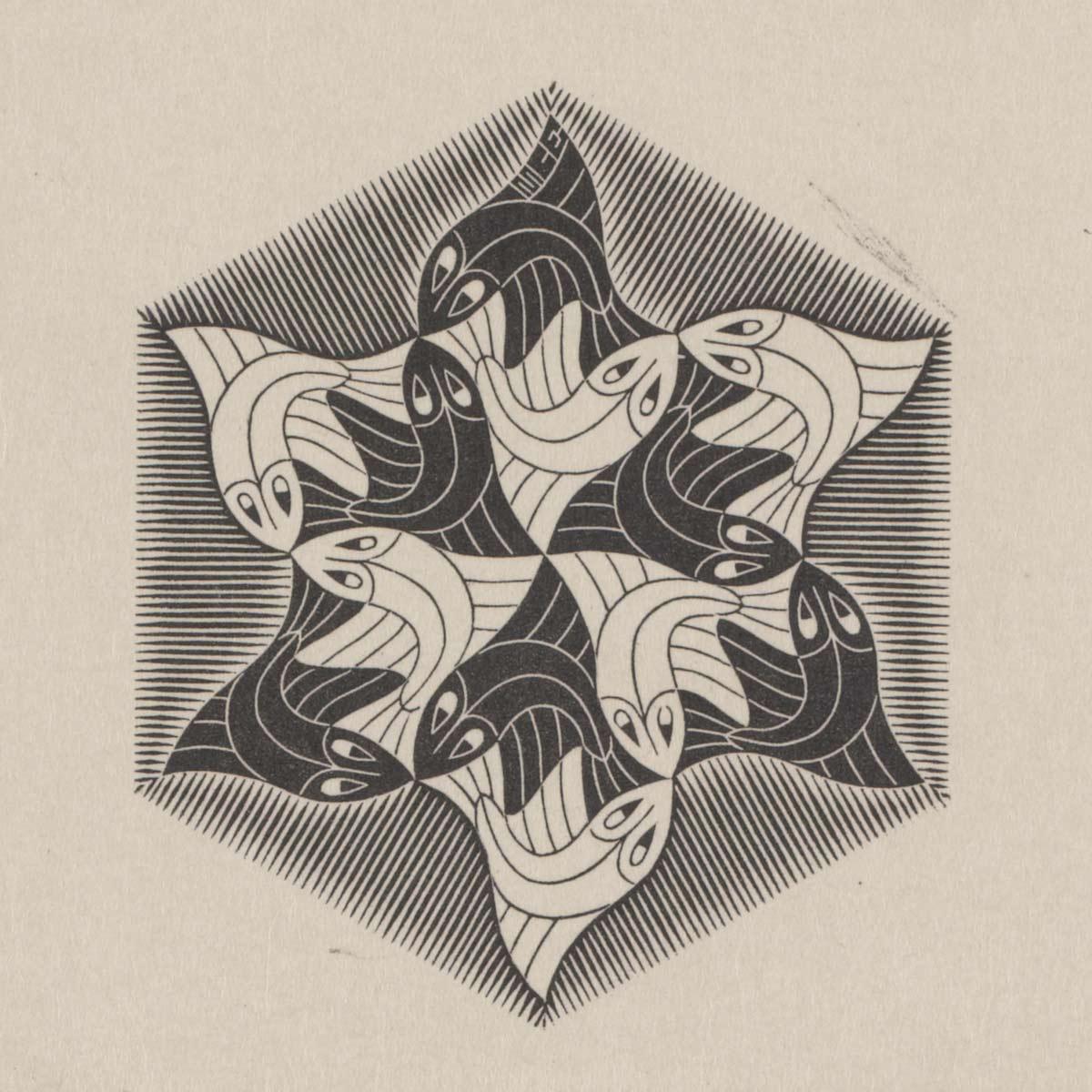
Unique loan
